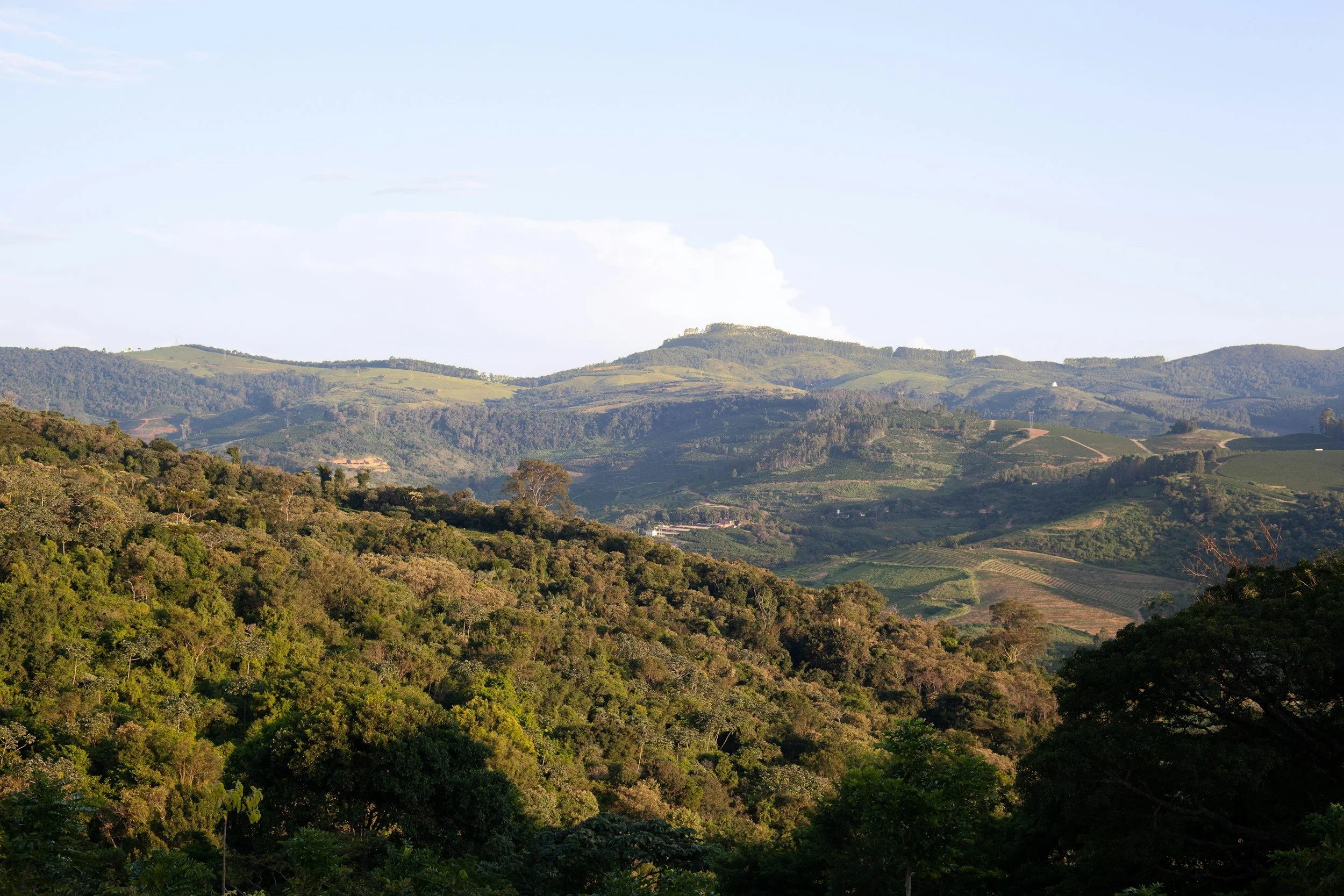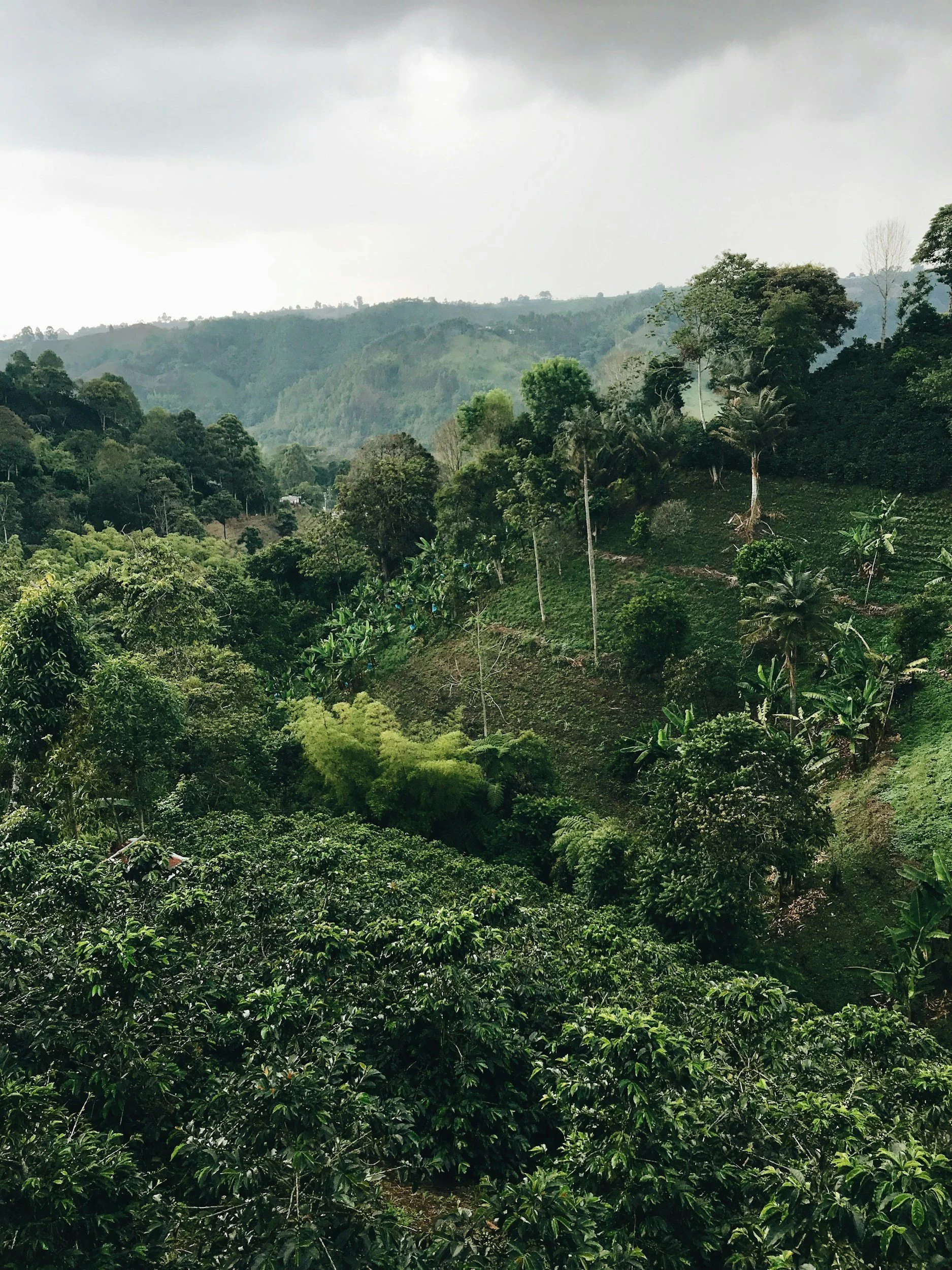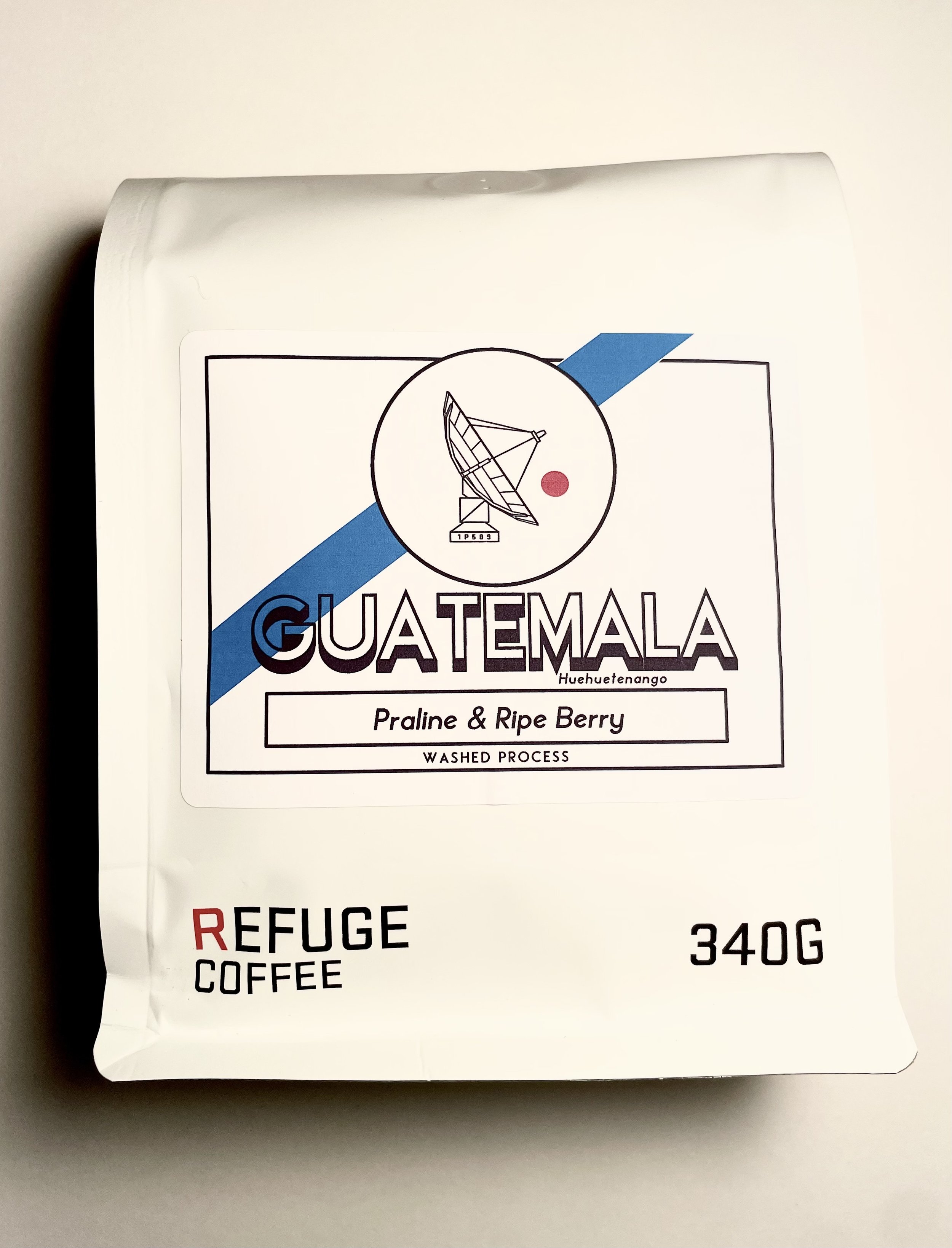How Elevation Affects Coffee Flavor
How Elevation Affects Coffee Flavor
Elevation influences how coffee beans grow, ripen, and develop complexity. Generally, higher elevation coffee is brighter, fruitier, and more complex. Lower elevation coffee tends to be smoother, fuller-bodied, and earthy.
Let’s dive into why Elevation Affects coffee flavor matters.
Key Takeaways
Elevation affects flavor complexity: higher altitude = more acidity and floral or fruity notes; lower altitude = richer, smoother, and more nutty or earthy.
Bean density matters: higher elevation beans are denser, slower to roast, and often higher graded.
Flavor profiles vary by region: coffees from high-altitude countries like Ethiopia and Colombia are fruit-forward. Lower elevation countries like Brazil have earthy/chocolate flavor.
Label literacy helps: look for terms like SHG, Altura, or elevation markers to predict flavor before buying.
What Does Elevation Mean in Coffee Growing?
Elevation refers to the height above sea level where coffee is cultivated. This matters because temperature, drainage, sunlight, and microclimate vary with altitude.
Most specialty coffee grows between 1,200–2,200 meters (about 4,000–7,000 feet), where the environment slows bean maturation and increases its flavor.
How Elevation Affects Coffee Beans
Slower Growth Means Denser Beans
At high altitude, low nighttime temperatures slow the growth cycle. This leads to sugar-rich, nutrient-dense beans that pack more flavor.
Concentrated Flavor from Better Drainage
Mountain terrains drain rainwater quickly. Beans absorb less excess moisture and become more concentrated in sugars and acid—making them more aromatic.
Low Elevation = Faster Ripening, Milder Taste
Warm climates speed up bean development. Those beans yield softer, less acidic coffee—usually nutty, earthy, or chocolatey in tone.
Flavor Profiles by Elevation
High Elevation Coffee (1,500m+)
Bright acidity, floral and citrus notes
Clean, tea-like body and crisp finish
Examples: Ethiopian Yirgacheffe, Colombian Gesha
Mid-Elevation Coffee (1,200–1,500m)
Balanced acidity and sweetness
Fruit and caramel notes with medium body
Examples: Costa Rican Tarrazú, Honduran Marcala
Low Elevation Coffee (<1,200m)
Mild, low-acid, full-bodied
Chocolate, nut, or earthy flavor
Examples: Brazilian Santos, lowland Sumatran varieties
Examples by Coffee Regions
Ethiopia & Colombia grow beans at 1,500–2,200m. These are high elevation single origin coffees.
Brazil produces many beans at 900–1,200m; these often become smooth, nutty blends or espresso roast staples like our Brazil Mogiana.
Sumatra crops at 800–1,300m, delivering rich, herbal, heavy-bodied coffees.
How Elevation Impacts Roasting
Roasting High-Elevation Beans
Denser beans require longer roast cycles and careful airflow control.
Light roasts highlight acidity; medium roasts highlight sweetness without overpowering subtle fruit notes.
But the best roast for black coffee depends on each individual coffee itself.
Roasting Lower Elevation Beans
Softer beans roast faster. Many roasters use medium-dark profiles to help the coffee’s body, sweetness, and minimize bland notes.
Why Elevation Matters
Elevation Shapes Single Origin Coffee Flavor
Defender Espresso Blend / Brazil, Guatemala, Colombia / Starting at $19
In single origin coffee, elevation is a defining factor that influences how a region’s coffee tastes.
Higher altitudes mean cooler temperatures, which slow down the coffee cherry’s development.
This longer maturation process leads to more concentrated sugars and acids—translating into complex flavors in the cup.
That’s why beans grown at high elevations are often prized for their clarity, floral notes, and bright acidity.
What “Strictly High Grown” and “Hard Bean” Actually Mean
Terms like Strictly High Grown (SHG) or Strictly Hard Bean (SHB) are elevation-based classifications. These labels typically refer to beans grown above 1,200 meters.
At this height, the beans grow slower and develop a denser structure, which improves their quality and ability to roast evenly. These elevation terms show up in coffee grading because altitude is such a reliable indicator of cup potential.
Why Elevation Should Guide How You Pick Coffee Beans
Knowing the elevation a coffee was grown at can help you choose beans based on your personal flavor preferences. High-elevation beans are ideal if you enjoy lighter, brighter, more acidic coffees with floral or fruity notes.
If you prefer something with more body, lower acidity, and a smoother texture, beans from lower elevations may be a better fit. When selecting coffee, especially for espresso or pour-over, elevation can be a huge factor.
Elevation Affects Every Step from Farm to Cup
From cultivation to roasting to brewing, elevation impacts every stage of the coffee supply chain.
It influences how the coffee grows, how it’s processed, how roasters develop its profile, and how it tastes in your cup.
Whether you’re a barista dialing in espresso or just making coffee at home, choosing beans and understanding elevation helps you make better decisions—and enjoy better coffee.
Frequently Asked Questions
Q: How does coffee elevation affect caffeine content?
A: Elevation primarily impacts flavor and density—not caffeine levels. Some studies show slightly lower caffeine at higher altitudes due to slower growth, but taste and aroma are the main differences. Two Chimps CoffeePMC
Q: What altitude is considered high elevation coffee?
A: High elevation coffee generally grows at 1,200–2,200+ meters (4,000–7,200 feet). Beans grown above 1,200m are often labeled SHG or Hard Bean.
Q: Does altitude influence roasting strategy?
A: Yes. High-elevation beans roast slower due to density and require precise temperature curves. Low elevation beans roast faster but can lose acidity if over-roasted.
Q: Can low elevation coffee taste good?
A: Absolutely. Some low elevation coffees, like Hawaiian Kona or shade-grown beans, achieve sweetness and smoothness through ideal climate or farm practices—not elevation alone.
Q: Why is high elevation coffee more expensive?
A: Growing at altitude is harder and yields fewer beans. Combined with higher labor costs and stronger flavor profiles, these factors raise the price.
Guatemala Huehuetenango / Notes of Praline & Berry / Starting at $19
Brazil Mogiana / Notes of Cocoa, Grape Jelly / Starting at $19







